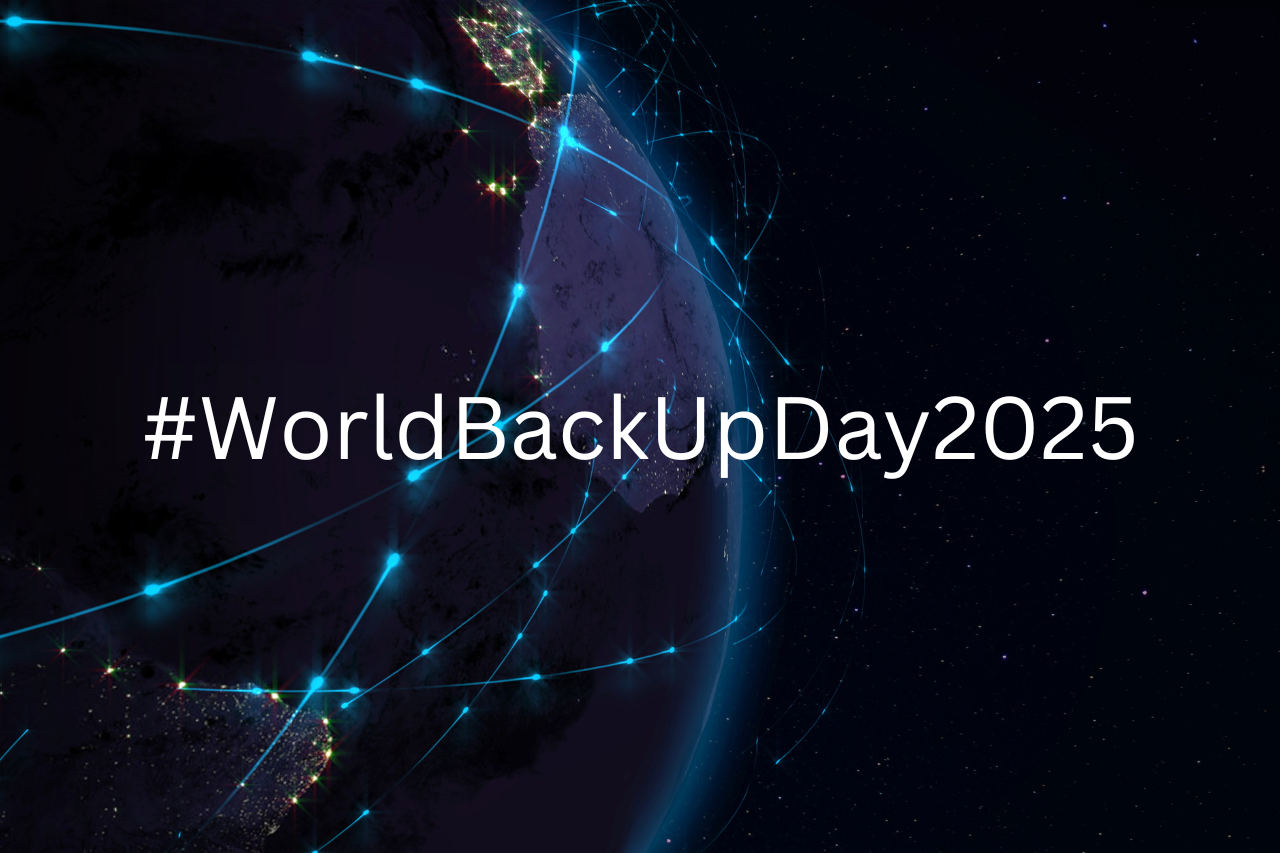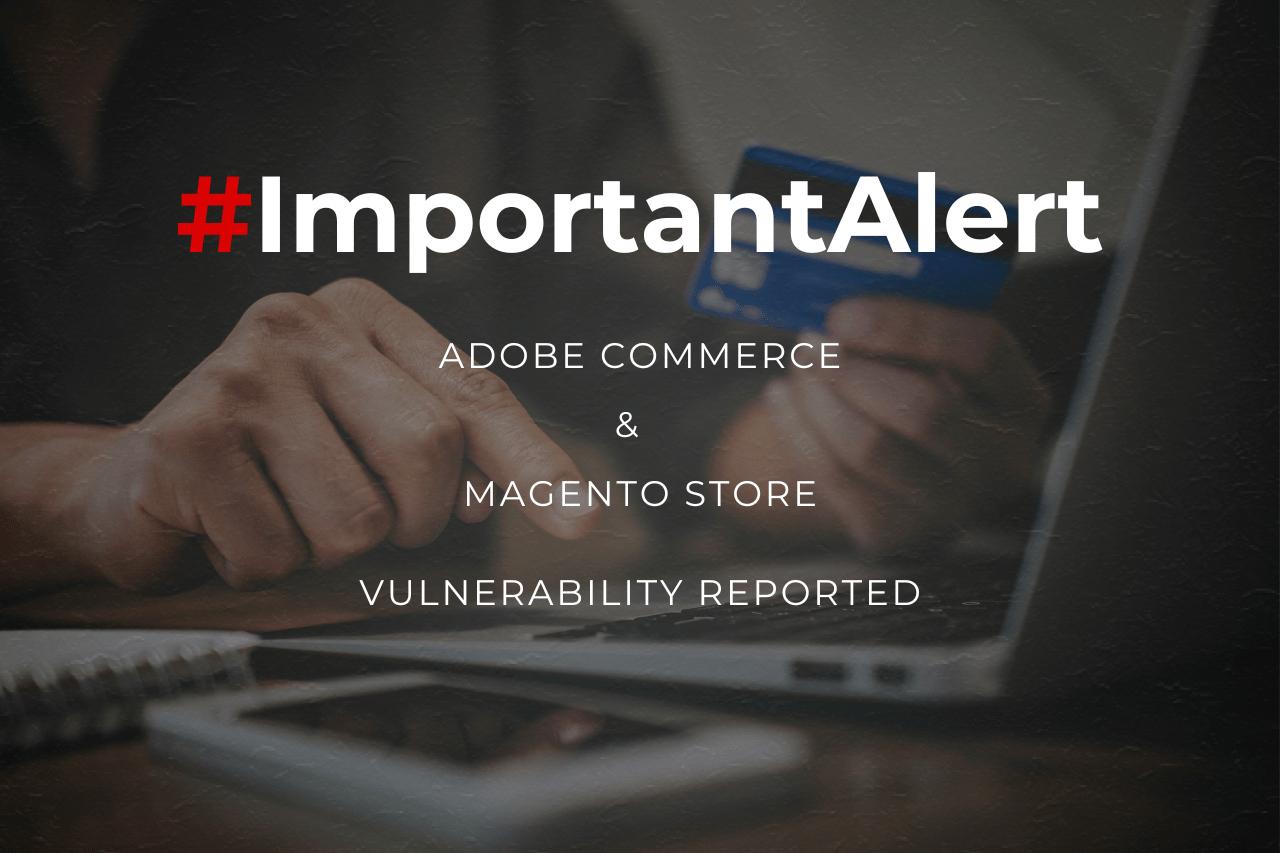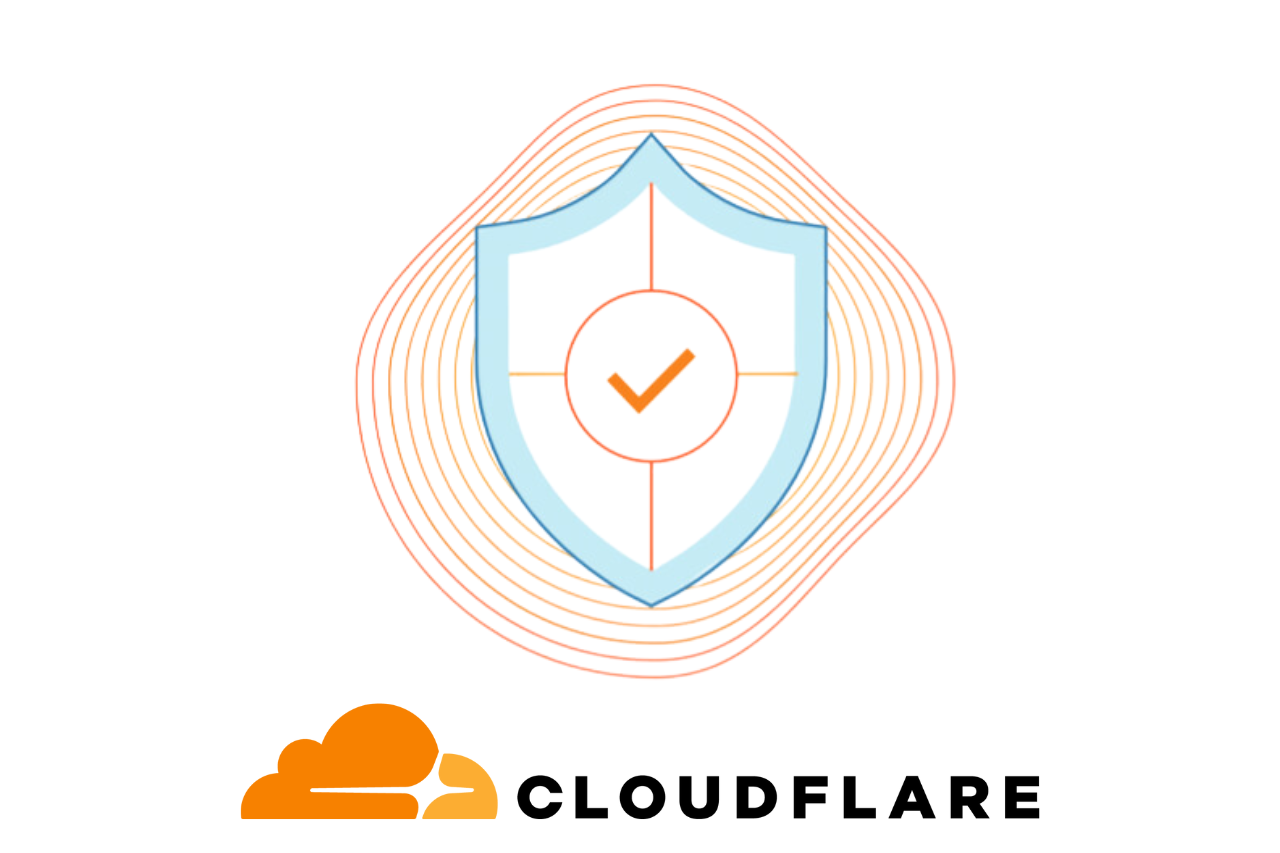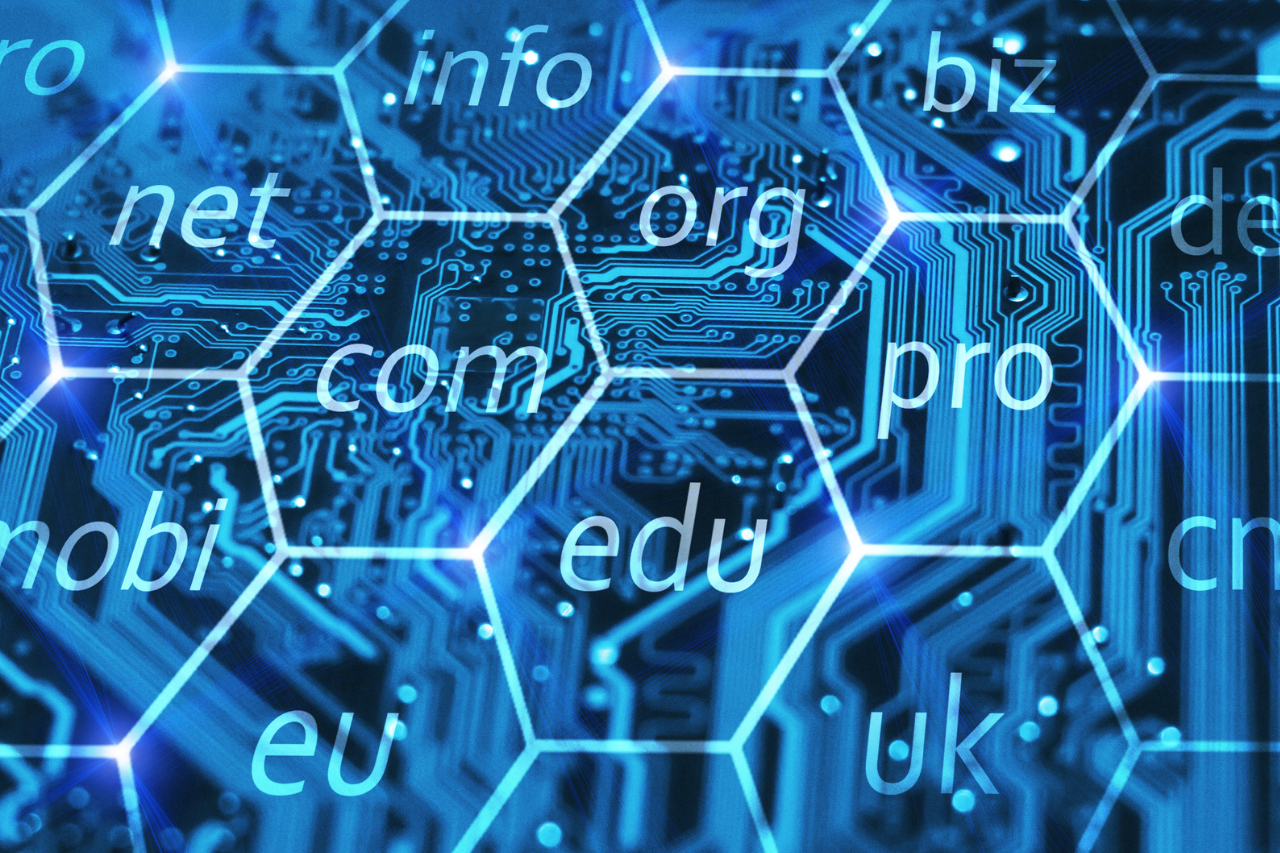Google and Yahoo have mandated that users who send bulk emails abide by email authentication policies to ensure optimal delivery. Their new policies prioritize DMARC, DKIM, and SPF authentication methods.
Here at Clarkes.Team, we ensure that our clients’ businesses run efficiently and securely. One of the ways we do this is by setting up email authentication methods for our clients to help boost their email deliverability. We want to help ensure your emails reach the INBOX of your recipients instead of getting lost in SPAM! One method we use is setting up a proper DMARC record. The rest of this post will focus on answering some of the questions many of our clients ask…
- What is email authentication and why does my business need it?
- What exactly is DMARC and how does it operate?
- Why do email services like Gmail and Yahoo require it?
What is Email Authentication?
Email authentication is a process that email receivers use to ascertain the authenticity of an email sender or the source of an email. The reason for this is not far-fetched; the internet is teeming with phishers and spammers – 36% of all data breaches include some form of phishing! If you run a business that requires you to send bulk emails, email authentication protocols are even more critical. Email authentication ensures that the emails your customers receive from your business or domain name come from you, not a defrauder posing as you. The most common email scams that authentication shields you against are:
Phishing: Phishing is email scams sent from cybercriminals using the identity/address of renowned companies and individuals to entice unsuspecting customers to reveal their personal information or click on suspicious links. One would expect that the number of victims who fall for these scams every year would drop with the widespread awareness about email scams. Unfortunately, that is not the case – phishing scams are becoming more common. Phishers are getting more innovative with their methods, emphasizing the need for email authentication.
Spamming: If you have ever received numerous unsolicited messages from the same sources, you most likely have been spammed. Without the correct authentication practices, spammers can impersonate you or your business to send messages to your customers to divert traffic to their sites or adverts.
Email Spoofing: Spoofing occurs when someone creates a fake email address that imitates a legitimate one to send messages to people. The aim is to deceive the victims into taking harmful actions. Spoofing can involve both phishing and spamming practices.
Benefits of Email Authentication
There are many benefits to correctly authenticating your emails. Here are at least four benefits you will experience with the correct email protection policies:
Boosts Your Brand Reputation: In the business world, having a bad reputation is one of the fastest ways to go down. Negative news spreads rapidly, potentially eroding customer trust and loyalty. However, if your email authentication is effective, you can foster stronger connections with your audience and enhance their perception of your services.
Protects Your Customers: Email authentication is a powerful shield against scams, ensuring your customers receive only genuine communications from you. Anybody who attempts to send suspicious emails will have difficulty getting to your customers. Additionally, email authentication protects your customers’ sensitive information.
Compliance with Industry Standards: Many email service providers require email authentication methods to let users send emails securely to their recipients. This promotes compliance with regulatory bodies such as HIPAA (Health Insurance Portability and Accountability Act) and GDPR (General Data Protection Regulation).
Boosts Email Deliverability: You want to ensure that your recipients get the correct email and that your emails do not end up in their spam folders. With the right email authentication tools, you can boost email deliverability by a large percentage.
Ready to fortify your email security with DMARC? Connect with us now to set up DMARC protection and ensure your domain’s integrity.
Now that we understand what email authentication is, what it protects against, and what its benefits are, let us explore the types of authentication available below.
Email Authentication Methods
There are three common types of email authentication methods. Everyone who employs email marketing as part of their business strategies should at least have one of these methods in place:
SPF: SPF, which stands for Sender Policy Framework, is an email authentication method that verifies the IP address that an email is sent from against several registered mail servers from the sending domain to ensure it comes from an approved address. In other words, there is a list of IP addresses your business authorizes to email customers.
When you register any of these addresses with SPF, any email that comes through them from your domain will be successful. SPF reads the email address as authentic. However, if someone attempts to send your customers an email from a fake version of one of those addresses, SPF will detect it and stop it from reaching them.
For example, you run a business called Abc Skin Care. The domain name of this business is abcskincare.com, and the following addresses are intended for sending emails to customers using your domain:
Now, anyone can use the above addresses to email your customers by impersonating your business. However, once the proper SPF records are added to your DNS records, you ensure that only your legitimate senders make it to your recipient’s inbox. Any emails that do not pass this SPF verification will end up in your recipient’s SPAM box.
We recommend pairing SPF with DKIM and DMARC for maximum protection.
DKIM: Also known as DomainKeys Identified Mails, DKIM is an email authentication method that uses cryptographic keys generated for a domain to verify emails on the receiving end. The DNS records of your domain store these public and private digital keys. DNS records are records in a domain containing information that tells email receivers how to handle messages from that domain.
Email receivers like Gmail and Yahoo use the public keys configured in your DNS records to authenticate the email you send from your domain.
DKIM ensures that scammers do not intercept and manipulate your emails in transit to trick your customers.
In simpler terms, these keys are your domain’s unique signature for verifying emails. Not only does your DKIM signature (keys) tell the receiver that the email is from your domain, but you approve it as the domain owner. This transaction is often done between the domain and receiving servers within seconds. If the receiving end cannot verify the signature, it flags the email.
DKIM is an effective way to enhance email security. Setting up DKIM requires technical expertise and meticulousness. If you have zero specialized experience with email authentication methods, you can contact us. We are verified professionals who can help you before it’s too late.
DMARC: DMARC stands for Domain-based Message Authentication, Reporting, and Conformance. As the name suggests, DMARC is a security protocol that ensures that emails received by recipients from your domain address are legitimate. DMARC records contain instructions on how email receivers like Gmail should act on an email.
In addition, it allows you to monitor emails you send from your domain to learn and adapt to your emails’ interactive patterns, which can help it perform better in eradicating high-risk ones.
When your recipients’ mail servers receive emails that are not properly authenticated using SPF & DKIM, the DMARC record can instruct it to take one of three actions: do nothing, quarantine the email, or outright reject it.
For example, if you run a business with the domain name abcskincare.com, you expect every customer on your mailing list to receive emails from that domain. However, unauthorized third parties, such as hackers, can sometimes hijack this domain name to send tricky emails to your clients. If they succeed, your clients will fall victim to spoofing and likely report your domain. Either way, this could negatively impact your business.
If DKIM is in place, depending on what you have instructed it to do, it will prevent the ‘bad’ emails from reaching your customers’ mailboxes.
The following section will explore how DMARC policies work and why Google and Yahoo now require them.
Why is DMARC Important?
At the beginning of February 2024, Yahoo and Gmail began to enforce their new email authentication requirements. For bulk users – those sending to more than 5000 accounts daily, senders to Gmail and Yahoo must have the following in place to ensure seamless email deliverability and security:
- Provide a one-click unsubscribe button for their end-receivers.
- Implement DKIM and SPF methods.
- Messages must pass DMARC alignment.
- Businesses must implement DMARC policies.
But what are these DMARC policies, and why are Google and Yahoo insisting on them?
DMARC Policies
Despite the increasing awareness of email scams and internet fraud, more and more businesses continue to fall victim. Therefore, to protect their customers and reduce the risk of email phishing, spamming, and spoofing, Google and Yahoo became more stringent with their authentication policies.
These new requirements emphasize DMARC policies and threaten non-compliant users with poor email deliverability. If you have yet to implement these policies, don’t panic. There is still time to do the right thing. Nevertheless, it is essential to learn more about these policies.
When you set up DMARC, you authorize it to act on suspicious emails on your behalf. There are three actions it takes: none, quarantine, and reject.
None: The none policy is also known as the monitor policy. Often used by newcomers to email marketing, the none policy ensures that DMARC screens every email your customers receive before it gets to them. However, it will allow every email to reach their inbox regardless of whether they are authentic or not.
Quarantine: When you select the quarantine policy, you instruct DMARC to stop suspicious emails before they reach your recipients. Instead of proceeding to their mailboxes, these emails end up in the spam folders, i.e., quarantined.
Reject: This option is more rigid, especially for established businesses. When you choose the reject policy, DMARC rejects any email that doesn’t pass authentication and prevents it from getting to your receiver’s inbox or the spam box. That is, they will never receive such an email.
Which DMARC Policy Should You Choose?
One of the advantages of setting up DMARC for your business is that regardless of your chosen policy, you will always receive informative reports on your email activities.
Each DMARC policy is applicable, and picking the right policy depends on factors such as the size of your business, your experience with email authentication and security, and your target recipients. Jumping on the reject policy could complicate things if you are just starting.
The reject policy has stricter rules and, if not configured properly, can hinder legitimate emails from getting to your customers’ inboxes. So, we usually recommend starting with the none policy and gradually moving to the next when needed. Numerous businesses are rushing to set up their DMARC policies before it is too late.
Get ahead of your competitors by setting up your DMARC policy now. Have no clue how to do that? Don’t worry; we can get it done for you. Just CLICK HERE to schedule a consultation to get started!
Consequences of Ignoring Gmail and Yahoo DMARC Requirements
There are consequences for non-compliance with Gmail and Yahoo’s requirements. These email services are serious about their new policies, and if you want your business to continue thriving, we recommend adherence. Your company may suffer these consequences if you don’t set up DMARC as soon as possible:
We have learned the importance of email authentication and why it is super important. Choosing the right DMARC policy is pivotal in fortifying your organization’s email security. By understanding the nuances of each policy, assessing risk tolerance, and adopting a phased approach, you can strike the right balance between security and deliverability.
Schedule a consultation with us to set up email authentication and DMARC for your business. We have extensive experience in email security and setting up DMARC records. We will advise you on which policies are best for your business and help you set them up.
Contact us to learn more about our Email Delivery Specialist Support plans.




